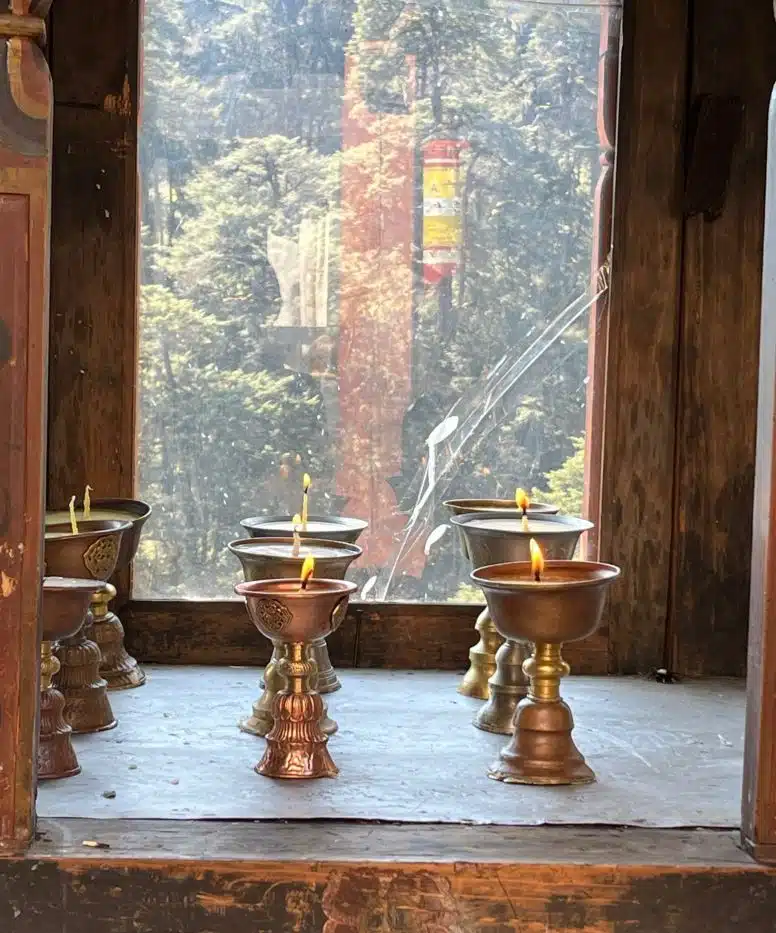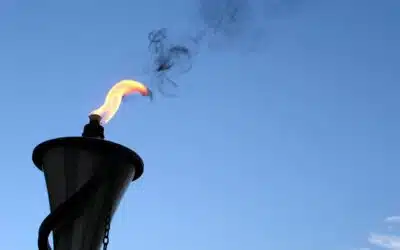The dynamics of the gesture

Written By Johanne Bernard
Blog | Dzogchen practice | History of Dzogchen
Discover Johanne’s article on “the dynamics of the gesture” as an expression of the nature of mind… with a special dedication to Bhutan.
The dynamics of the gesture
The dynamics of the gesture
Vulture Peak, Northern India, nearly 2,500 years ago… On a mountain overlooking the city formerly known as Rajagriha, in Bihar, Shakyamuni Buddha sits before more than five hundred devotees and disciples. The day has just dawned, a gentle breeze is blowing… Everyone is waiting for the teaching the Buddha is about to give them. Their eyes riveted on their master, they are about to receive his first words, his first instructions… But the Buddha says nothing. No words, no sounds. Instead, he bends down to pluck a magnificent Udumbara flower, and gently twirls it between his fingers. A circumspect silence fills the assembly of devotees. In the front row, only the disciple Mahākāśyapa [1], who understands the Buddha’s message, smiles. He has just received the Buddha’s first transmission, his most precious treasure.
“A gesture, that passes directly through the mind, is enough to reveal the primordial nature.”
This story, handed down from master to student in the Buddhist tradition and particularly in that of Chan, tells us that words are not needed to transmit the teaching. A gesture, that passes directly through the mind, is enough to reveal the primordial nature. In the Dzogchen tradition, this is also evoked by the gesture of Garab Dorje, the first human Dzogchen master in the Nyingmapa tradition. Depicted with his finger pointing in front of him, Garab Dorje invites us, directly, to turn around and observe the face of our own mind (The Finger-Pointing Instruction).
The gesture of Buddha or Garab Dorje is, in the tradition, the spontaneous expression of the nature of mind. Its dynamic is compassion, for the gesture is a gateway to the true nature of the beings who receive it. The dynamics of the gesture
In some countries, such as Bhutan, where I traveled, this aspect of expressing the nature of mind through gesture is completely integrated. For the majority of the Bhutanese, there’s no question. Everything is the master’s gesture, radiating the nature of the mind. Everything is jinlab, the master’s blessing that touches beings like so many waves of splendor: the rain that falls is jinlab; the rocks with their Buddha-like shapes are jinlab; the magnificent red rhododendron flowers that bloom in spring are jinlab ; the offerings they make naturally, and even the difficulties they face, are jinlab.
The Bhutanese teach us through their way of life not to separate mind and body, universe and individual. Because their actions come directly from the heart, they show us, through their gestures, the natural expression of their devotion. Because, for many of them, their connection to the master is alive, lived at every moment, they show us the way to the link to the ultimate master, the nature of mind. Through their authenticity, they offer us the possibility to open our hearts in turn, to let ourselves flow into the current of connection. They offer us, directly, the possibility to receive the gesture, to perceive its dynamics and finally to open the door…
Every moment spent, every gesture received, becomes a lesson… And the smile that springs up in our hearts, that appears on our faces, is the grateful smile of the student who knows that he has just received a treasure.
[1]Mahākāśyapa was one of the ten most important disciples of Shakyamuni Buddha, and is considered the first Chan patriarch: https://en.wikipedia.org/wiki/Mahākāśyapa. BACK
More Posts
High Diving
In “High Diving” by Mila Khyentse, everything is about diving and hovering… in the Olympic Games of Great Perfection.
Nenikekamen!
With “Nenikekamen!” Grégoire compares the marathon, the flagship event of the Olympic Games, to the Dzogchen path.
Opening Ceremony
Nils compares the Olympic Games Opening Ceremony to the introduction in Dzogchen, kicking off the Great Perfection Summer Games series!





